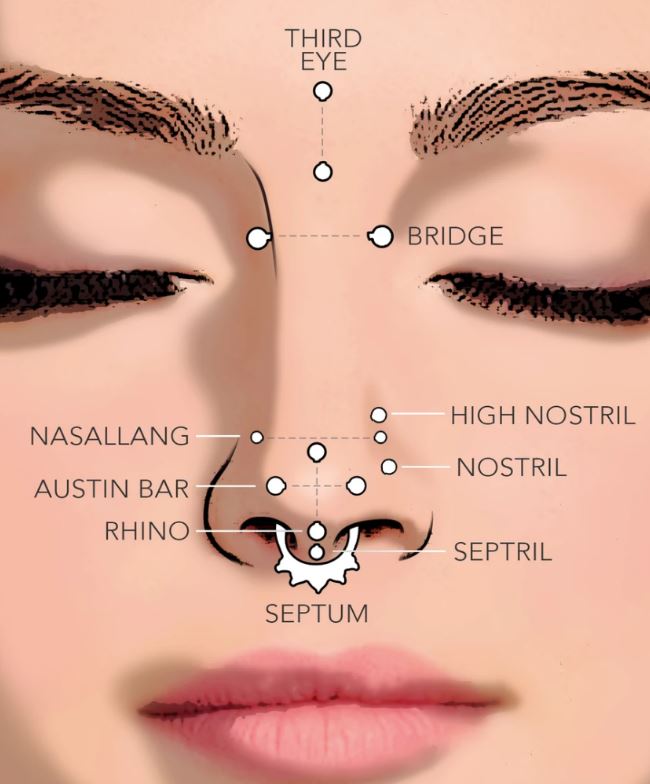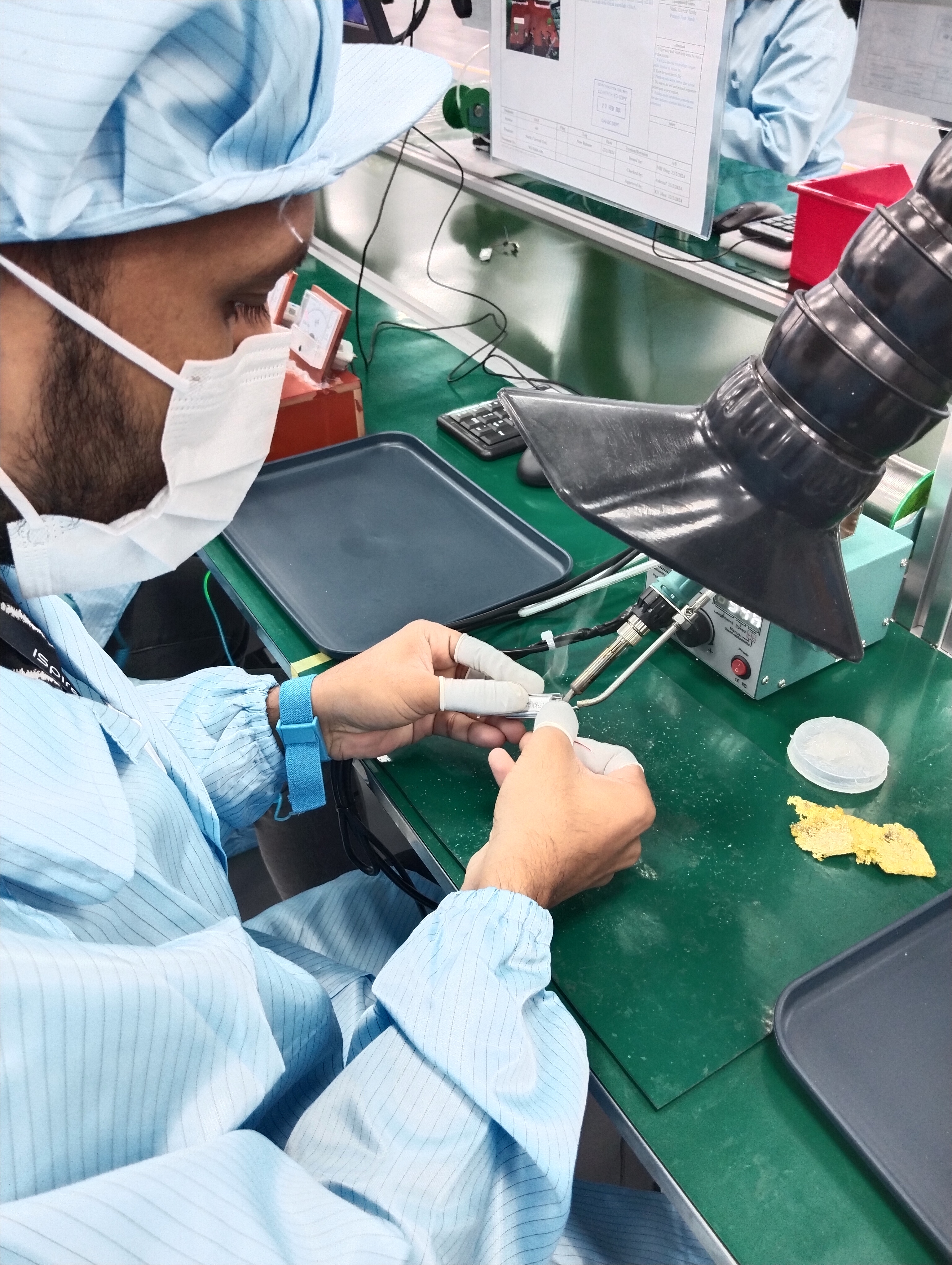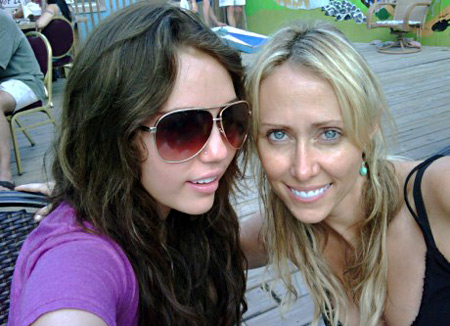Sponsor Ads
Non-China Vape, 510 Cartridges & Battery Device Maker
If you are going for a vape manufacturer out of China we are you best choice. We offer a alternative vape production location with a very competitive price. You can save money by buying directly from us the manufacturer, without any middlemen or extra fees. You can also enjoy discounts for bulk orders and special offers for long term & loyal customers.
We offer small trial orders where you can test the quality and performance of the products before placing a large order. Fast shipping and cheaper shipping cost from Malaysia and Singapore ports. You don't have to wait long to receive your products.
Contact Us!
Contribute for our website Maintenance! We want to keep it free for all visitors.
Trending Best Sellers
Coronavirus Vaccine
Trending Best SellersHere we summary all fact about Coronavirus vaccine from WHO and other trusted sources.
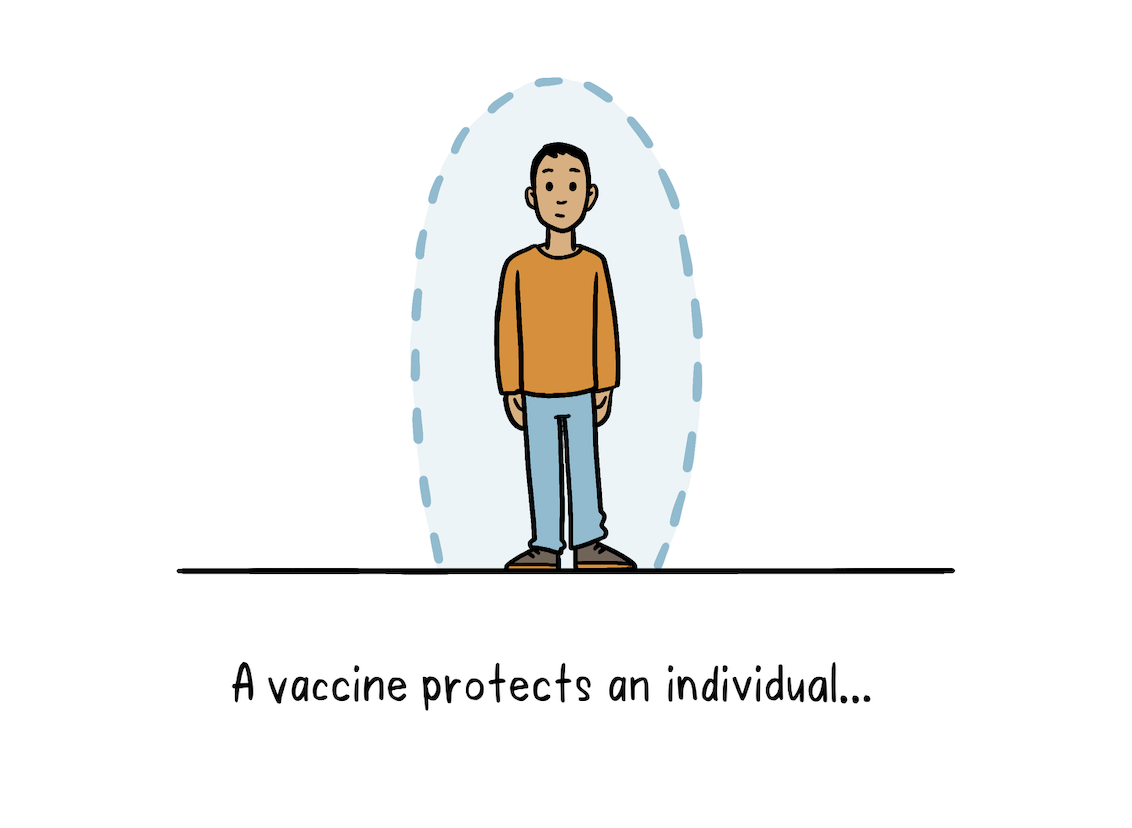
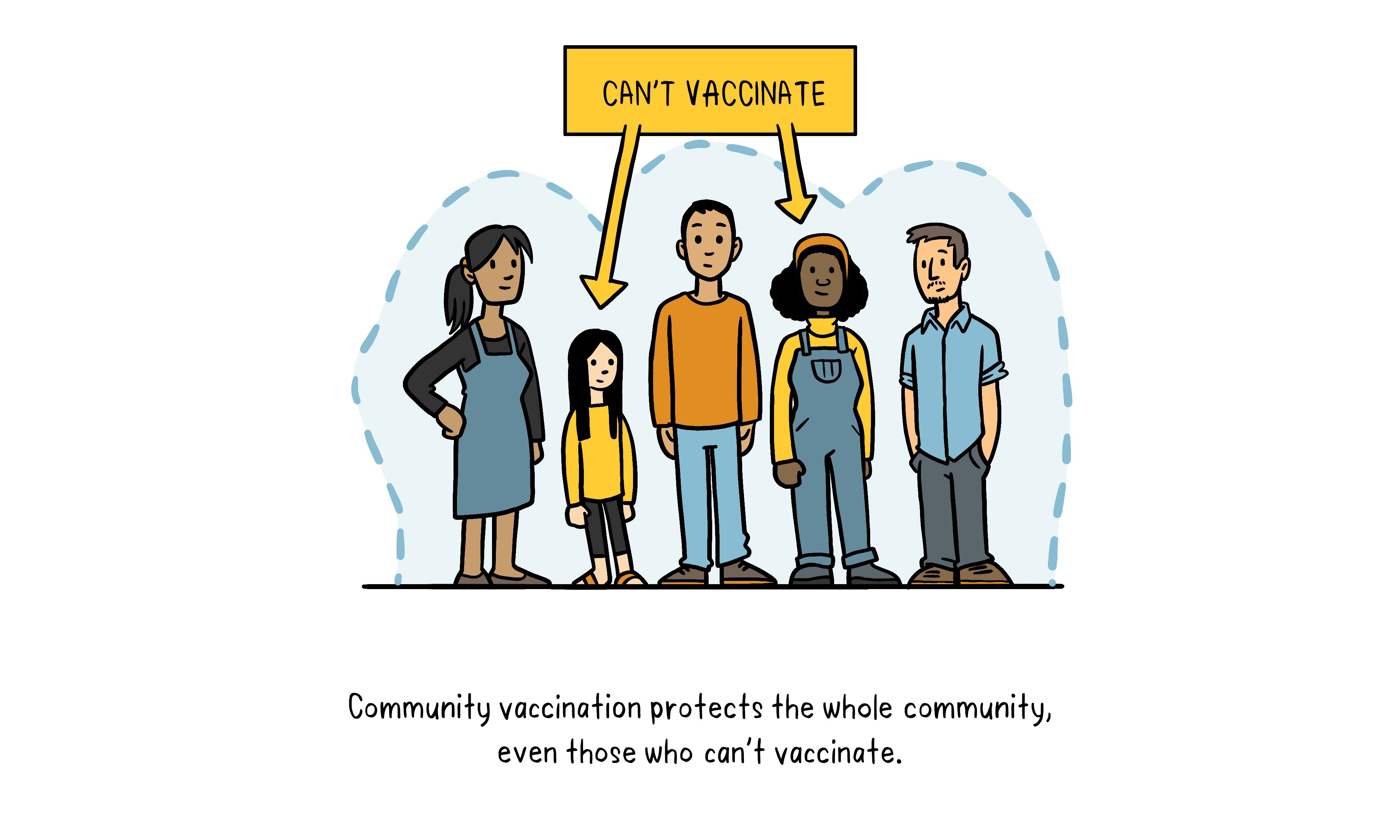
The world is in the midst of a COVID-19 pandemic. As WHO and partners work together on the response -- tracking the pandemic, advising on critical interventions, distributing vital medical supplies to those in need--- they are racing to develop and deploy safe and effective vaccines.
Vaccines save millions of lives each year. Vaccines work by training and preparing the body’s natural defences --- the immune system--- to recognize and fight off the viruses and bacteria they target. If the body is exposed to those disease-causing germs later, the body is immediately ready to destroy them, preventing illness.
There are currently more than 50 COVID-19 vaccine candidates in trials. WHO is working in collaboration with scientists, business, and global health organizations through the ACT Accelerator to speed up the pandemic response. When a safe and effective vaccine is found, COVAX (led by WHO, GAVI and CEPI) will facilitate the equitable access and distribution of these vaccines to protect people in all countries. People most at risk will be prioritized. While we work towards rolling out a safe and effective vaccine fairly, we must continue the essential public health actions to suppress transmission and reduce mortality.
R&D Blueprint and COVID-19
Coronavirus Vaccine Question & Answers
Q&A on vaccines
What is vaccination?
Why is vaccination important?
How does a vaccine work?
How do vaccines protect individuals and communities?
Why should I get vaccinated?
What diseases do vaccines prevent?
When should I get vaccinated (or vaccinate my child)?
Who can get vaccinated?
How are vaccines developed and tested?
I still have questions about vaccination. What should I do?
What is in a vaccine?
Are vaccines safe?
How does WHO help ensure vaccine safety?
Q&A on vaccine safety
Vaccination is one of the best ways to prevent diseases. In total, vaccines are estimated to save between 2 and 3 million lives every year. Together with governments, vaccine manufacturers, scientists and medical experts, WHO’s vaccine safety programme is constantly helping monitor the safety of vaccines. This helps ensure that vaccines are safe for you and your family.
Vaccination is one of the best ways to prevent diseases. In total, vaccines are estimated to save between 2 and 3 million lives every year.
Together with governments, vaccines manufacturers, scientists and medical experts, WHO's vaccine safety programme is constantly helping monitor the safety of vaccines.
This helps ensure that vaccines are safe for you and your family.
How do we know that a vaccine is safe?
Are there side effects from vaccines?
How are vaccines tested?
Who approves a vaccine?
How is vaccine safety monitored?
What happens if a problem is suspected with a vaccine?
How does WHO help ensure vaccine safety?
Coronavirus disease (COVID-19): Vaccines
Is there a vaccine for COVID-19?
When will COVID-19 vaccines be ready for distribution?
How likely is it that safe, effective vaccines for COVID-19 will be developed?
How quickly could COVID-19 vaccines stop the pandemic?
What types of COVID-19 vaccines are being developed? How would they work?
Will other vaccines help protect me from COVID-19?
Will COVID-19 vaccines provide long-term protection?
Coronavirus disease (COVID-19): COVID-19 Vaccine research and development
How is the research and development process being accelerated without compromising safety?
What is WHO doing to help accelerate COVID-19 vaccine research?
What are human challenge studies? What is WHO’s view on these studies?
Who should participate in clinical trials for COVID-19 vaccines?
How do I volunteer for a COVID-19 vaccine trial?
Coronavirus disease (COVID-19): COVID-19 Vaccine access and allocation
As safe and effective vaccines for COVID-19 are approved, who should be the first to receive them?
WHO believes that everyone, everywhere who could benefit from safe and effective COVID-19 vaccines should have access as quickly as possible, starting with those at highest risk of serious disease or death.
WHO’s Strategic Advisory Group of Experts on Immunization (SAGE) has released two key documents to help guide the allocation and prioritization of populations to receive COVID-19 vaccines:
The Values Framework for the allocation and prioritization of COVID-19 vaccination, which offers high-level guidance globally on the values and ethical considerations regarding allocation of COVID-19 vaccines between countries, and offers guidance nationally on the prioritization of groups for vaccination within countries while supply is limited. The Roadmap for Prioritizing Population Groups for Vaccines against COVID-19, which recommends public health strategies and target priority groups for different levels of vaccine availability and epidemiologic settings. Examples of target priority groups include frontline health and care workers at high risk of infection, older adults, and those people at high risk of death because of underlying conditions like heart disease and diabetes.
In addition, WHO led the development of a Fair Allocation Framework that aims to ensure that successful COVID-19 vaccines and treatments are shared equitably across all countries. This framework a key part of the Access to COVID-19 Tools (ACT) Accelerator, a global collaboration to accelerate development, production, and equitable access to COVID-19 tests, treatments, and vaccines. The framework advises that once safe and effective COVID-19 vaccines are authorized for use, all countries should receive doses in proportion to their population size to immunize the highest-priority groups. In the second phase, vaccines would continue to be deployed to all countries so that additional populations can be covered according to national priorities
What is WHO doing to ensure that COVID-19 vaccines will be allocated fairly?
WHO is one of the leaders of a global alliance known as COVAX, the vaccine pillar of the ACT-Accelerator collaboration, which is working to accelerate the development and manufacturing of COVID-19 vaccines and ensure that there is fair and equitable access to these vaccines for all countries. COVAX will allocate vaccines across countries according to a framework developed by a group that includes ethicists, scientists, and other health experts and vetted by WHO’s Member States. Under this framework, COVID-19 vaccines will be rolled out in two phases. In the first phase, they will be allocated according to population size to all participating countries at the same time, so as to provide enough vaccine to protect those people at greatest risk of infection and of severe disease along with health workers at risk of transmission.
In addition, WHO led the development of a Fair Allocation Framework that aims to ensure that successful COVID-19 vaccines and treatments are shared equitably across all countries. This framework a key part of the Access to COVID-19 Tools (ACT) Accelerator, a global collaboration to accelerate development, production, and equitable access to COVID-19 tests, treatments, and vaccines. The framework advises that once safe and effective COVID-19 vaccines are authorized for use, all countries should receive doses in proportion to their population size to immunize the highest-priority groups. In the second phase, vaccines would continue to be deployed to all countries so that additional populations can be covered according to national priorities.
WHO’s Strategic Advisory Group of Experts (SAGE) has provided recommendations about which populations within a country should be prioritized first. These include frontline health and care workers at high risk of infection, older adults, and those people at high risk of death because of underlying conditions like heart disease and diabetes. In the second phase of the roll-out, as more doses are produced, vaccines should go to groups less at risk of being infected or of suffering badly.
COVAX aims to provide at least 2 billion vaccine doses by the end of 2021. Although that is not enough for everyone, it may be enough to end the acute stage of the crisis and put the world on the road to ending the pandemic
How is WHO helping countries prepare for COVID-19 vaccines?
Along with accelerating COVID-19 vaccine research and helping scale up manufacturing capacity, WHO is working in close partnership with countries, regional colleagues, and other partners to develop needed policies, strengthen regulatory capacity, training courses, and guide countries in all the needed preparations for a programme to deliver COVID-19 vaccines.
WHO is developing detailed technical guidance and adaptable planning tools and templates to help countries plan for COVID-19 vaccines considering the many aspects of readiness that need to be put in place. These areas include planning and implementation, data and monitoring, supply and logistics, and acceptance and demand. To support initial preparations, a vaccine introduction readiness assessment tool (VIRAT) has also been developed and disseminated. Countries can use this tool to determine what components of readiness are complete and what components need further preparation.
This will help ensure that COVID-19 vaccines reach those in need as soon as they are available. What is most needed now is for every country to develop a National Deployment and Introduction Plan for COVID-19 vaccines. Having one plan in the country, that comprehensively describes all elements of the country approach to COVID-19 vaccine will be crucial for a coordinated effort. Guidance on developing that plan is available from WHO, including all elements that a country needs to consider.
Source: WHO
Comments
What you think?
Recent Articles
-
Riche Niche: Health | Lifestyle | Fashion | Marketing | Technology
Mar 14, 25 09:18 AM
Our Riche Niche blog is the easiest way to stay up-to-date with the latest news, trends and articles published on this site. -
The Therapeutic Potential of Medical Cannabis Vaporization
Aug 05, 24 09:32 PM
The use of medical cannabis has been a subject of much debate and research over the years. With the growing acceptance of cannabis for medical purposes, various methods of administration have been exp… -
Amazon Spring Sale: A Season of Spectacular Savings
Mar 18, 24 08:38 AM
Amazon Spring Sale: A Season of Spectacular Savings -
Understanding Nose Piercing Types: A Guide for Teens
Mar 16, 24 09:19 AM
Explore the rising trend of nose piercings among teenagers, understanding the various types and their cultural implications for a stylish appeal. -
Infected Nose Piercing
Mar 16, 24 09:18 AM
You can expect symptoms of infected nose piercing to resemble any other kind of body piercing infection. -
EMS manufacturing services in Malaysia
Mar 09, 24 10:33 PM
Malaysia is one of the leading countries in Southeast Asia that offers EMS manufacturing services to both local and international clients. -
Laundry Business: The Need for Payment System Upgrades
Mar 08, 24 11:14 AM
Discover the benefits of upgrading your laundry business's payment system. Enhance efficiency, increase profits, and improve customer convenience. -
Nose Peircing Store
Feb 18, 24 02:38 AM
A collection of latest at our nose peircing store. -
How to Choose the Right Coffee Maker for Your Needs
Feb 18, 24 02:12 AM
We'll compare the pros and cons of four common types of coffee makers: drip, French press, espresso, and vacuum. We'll also give you some tips on how to choose the right one based on your preferences… -
Emulate Celebrities with Nose Piercings
Feb 06, 24 08:13 AM
Discover the celebrities with nose piercing and get inspired for your next piercing! From studs to septum rings, our list has it all. Read more! -
Types of Nose Rings
Feb 06, 24 08:11 AM
Types of Nose Rings -
Is my nose piercing ring is sinking in?
Feb 06, 24 08:10 AM
Is my nose piercing ring is sinking in? Or just swollen? -
Dry Herb Vape Pens-Discover the Advantages of Malaysian Made
Feb 04, 24 12:39 PM
Choose our non-China dry herb vape pen for its high production standards, strict quality control, and excellent craftsmanship. -
Trinity Nose Ring A Unique Fashion Statement
Feb 03, 24 08:36 PM
Explore the world of trinity nose rings, a unique piece of jewelry that adds elegance and style to your look. Understand the different types and choose the right one for you. -
Redefining Beauty: The Rise of Nose Piercing Trend in the USA
Feb 02, 24 08:34 AM
Explore the evolution of the nose piercing trend in the USA, from ancient tradition to modern expression of individuality.





